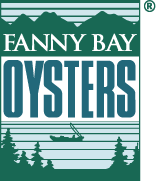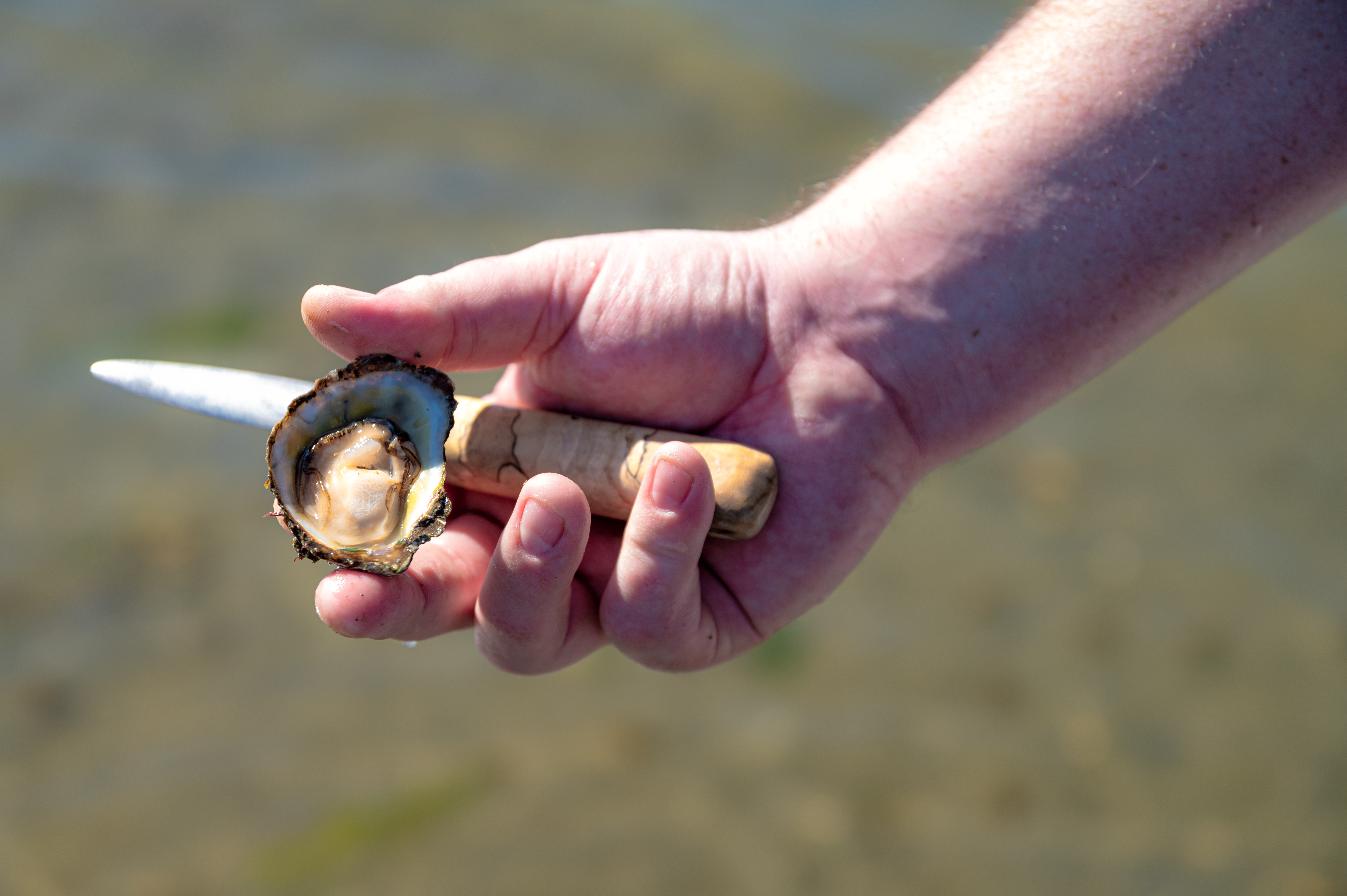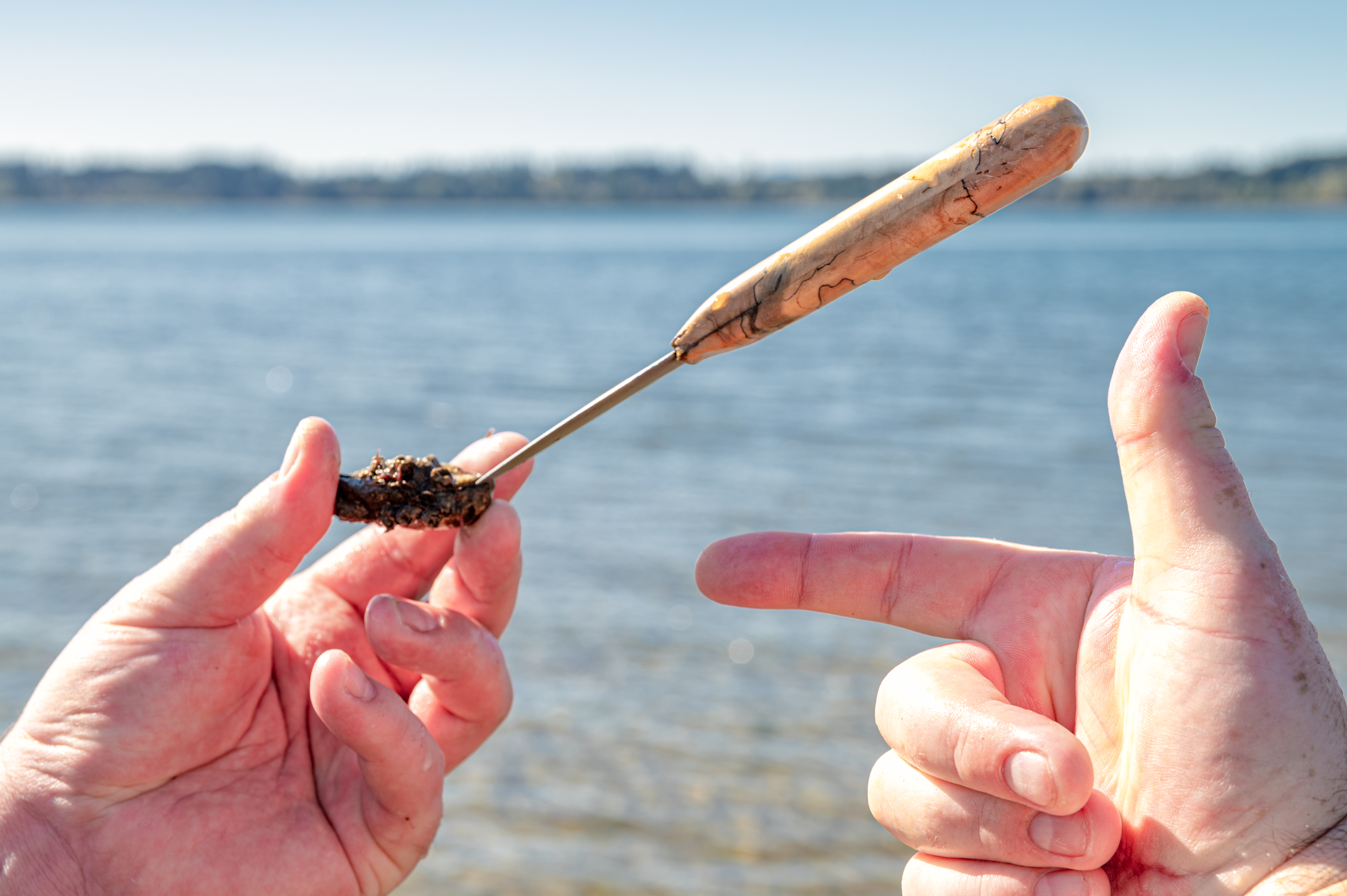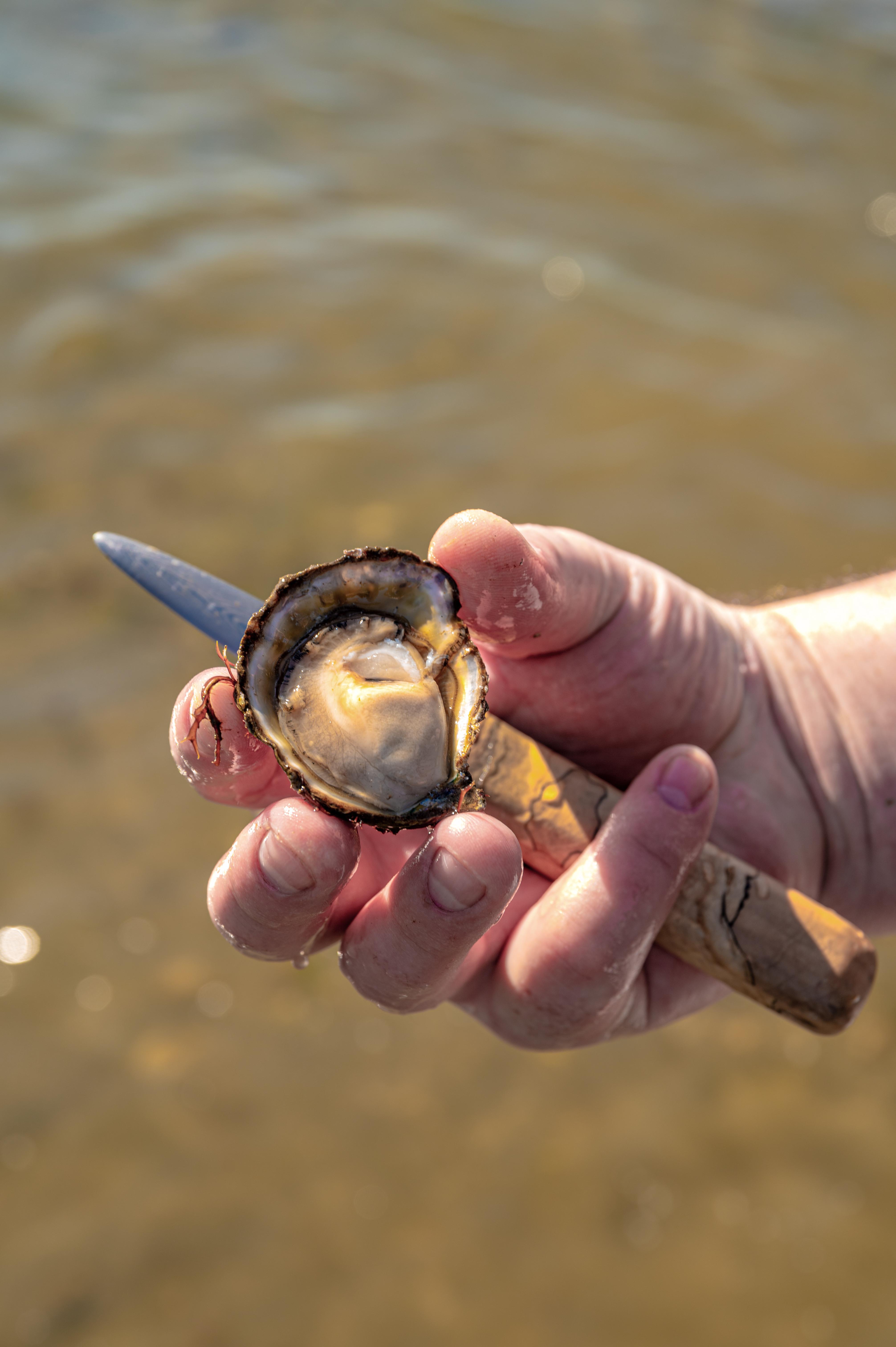Feb 08

Oyster History: The Olympia
Posted by Fanny Bay Oysters
Olympia: The Story of Taylor Shellfish Farms
Taylor Shellfish Farms is the largest grower of shellfish in North America, and Fanny Bay Oysters has been part of the operations since 2006 when the Hadden family passed ownership to the 4th generation of growers in the Taylor family.

The Gold Rush. The year is 1890.
Like a flame to tinder, The Gold Rush has ignited the frontier spirit in many young Americans. Promises of overnight fortunes, unlimited income mobility, and adventures in a strange new land, triggered record waves of immigration to the West - all for a piece of the gilded ‘California Dream’.
Here we meet J.Y. Waldrip.
Alongside a motley crew of dreamers (including the infamous lawman Wyatt Earp), Waldrip made the journey West - in search of adventure and prosperity.
Unfortunately, life on the west coast did not come as advertised. Promises of fast wealth with the gold rush quickly dissolved into difficult physical labor, for very little pay. Disease and crime were pervasive. Though some did prosper, most men were forced to pursue other avenues of employment.
Unfortunately, Waldrip’s gold rush dreams didn’t pan out (pun intended) - but his trip West was anything but a failure.
His journey set in motion events that would ultimately birth a legacy of shellfish aquaculture for Taylor Shellfish that has spanned over a century - and has never been stronger and more sustainable than it is today.
Making his way north into the Olympic Mountains, Waldrip was captivated by the natural rugged beauty of the Pacific Northwest, eventually settling in Shelton, WA. Shelton was small a logging town nestled between the southern most tip of of the Puget Sound and the Skokomish Valley. This area til this day is one of the most productive oyster growing regions in the world because of its unqiue geological features. Narrow bays reach out like fingers between the Olympia peninsula and the Cascades, marks of it's glacial past, leaving behind beautiful estuaries where life thrives.
In Puget Sound, the first nations people of the Salish Sea, specifically the Nisqually and Squaxin in the southern Puget Sound, were the stewards of the estuarine ecosystems. Their communities had been managing the oyster reefs and clam gardens for thousands of years, implementing harvesting practices that promoted the long-term health of the ecosystem.
Indigenous aquaculturists knew exactly when the oysters had reached their ideal harvest size and weight, leaving younger oysters in the reef to grow and continue to reproduce. They were diligent in removing dead oysters and encouraging reproduction during spawning season. They even implemented techniques to discourage predators from damaging the healthy populations.
True to the spirit of these Indigenous communities of the Puget Sound approached their estuarine ecosystems with the goal of always leaving something for future generations. The resources were governed by complex social and political rules, to the benefit of all the communities participating in the system.
Their methods captivated Waldrip, and every penny he made in logging and cattle went towards growing shellfish. What he learned from the local communities, about respect and sustainability, would ultimately form the pillars of Taylor Shellfish.

The Olympia Oyster - Ostrea lurida
Waldrip began cultivating the Olympia oyster - the only oyster species native to the Pacific coast of North America. Though petite (average market length for Olympia is 4 cm), these bivalves are wise beyond their years, offering a rich full flavor and surprisingly dense meat. They say all good things take time, and the Olympia is no different. For an oyster that is a third of the size of other species, they still take roughly 5 years to reach maturity.
Due to their diminutive size, Olympia grow best in the more sheltered inlets of south Puget Sound. As with all oysters, they prefer estuarine areas where freshwater meets the sea (Olympia actually prefer a higher level of freshwater than other species). Very little manipulation is needed to cultivate the Olympia. They grow best in their traditional, ‘wild’ state - spread evenly on the rocky, intertidal beaches.
What makes the Olympia so special is its kaleidoscope of flavors. Notes of soft copper, mineral, and earthy mushroom - with an enchanting long brine finish. To oyster novices and the well-traveled alike, the Olympia oyster is a dining experience in itself - and one that will make a lasting impression on your palate.
Puget Sound Restoration
Industry boomed in the Pacific Northwest during the early 20th century, but it came at a significant cost to the coastal ecosystems. Oysters were particularly affected - by overharvesting, and pollution from lumber mills wastewater. Oyster farmers pushed back to help create stronger regulations to protect the waters they had all come to rely on. The Olympia oyster had started to disapear, and farmers needed to protect it, but also make a living so they sought out other options, primarily from Japan. The Pacific and Kumamoto oysters were introduced, but the pacific quickly became the choice of most farmers as it was adaptable and grew more quickly than the Olympia.
The Puget Sound Restoration Fund was established in 1997, with a focus on restoring and maintaining the living marine habitat in the Puget Sound. Their main focus is supporting indigenous structure-forming and habitat-enhancing species in the area (Olympia oysters, bull kelp, and pinto abalone). Restoration and support of these species has had a cascading effect on the ecosystem, providing direct and indirect support to fish and marine mammals throughout the food web.
Taylor Shellfish has always been committed to the health and sustainability of our natural resources in Puget Sound. Brittany Taylor, Director of Hatchery and Nursery Production for Taylor Shellfish, sits on the board of directors for the Puget Sound Restoration Fund. And the family has had a long history of supporting the fund, as well as providing Olympia oyster spat from our hatcheries for restoring the reefs that almost disapeared.
Learn more about the PSRF here.
Now that the Olympia has been brought back from the brink thanks to cooperative efforts from the growers, NGOs, and the first nations they are available for people to enjoy. Although you rarely see them served outside the Pacific Northwest, we do wholesale them in the US and Canada during their non-spawning season (October - April). Efforts in Washington state are now being followed by other regions that are within the Olympia's native range. British Columbia still has the Olympia listed as protected and wild harvest is not allowed, but there is hope they could start to encourage growers to add them to their farming practices in ideal areas.
Looking to sit back and enjoy a plate of Vancouver’s freshest oysters with friends and family? Visit our oyster bars in Vancouver, Samish Bay & Seattle!

